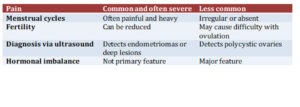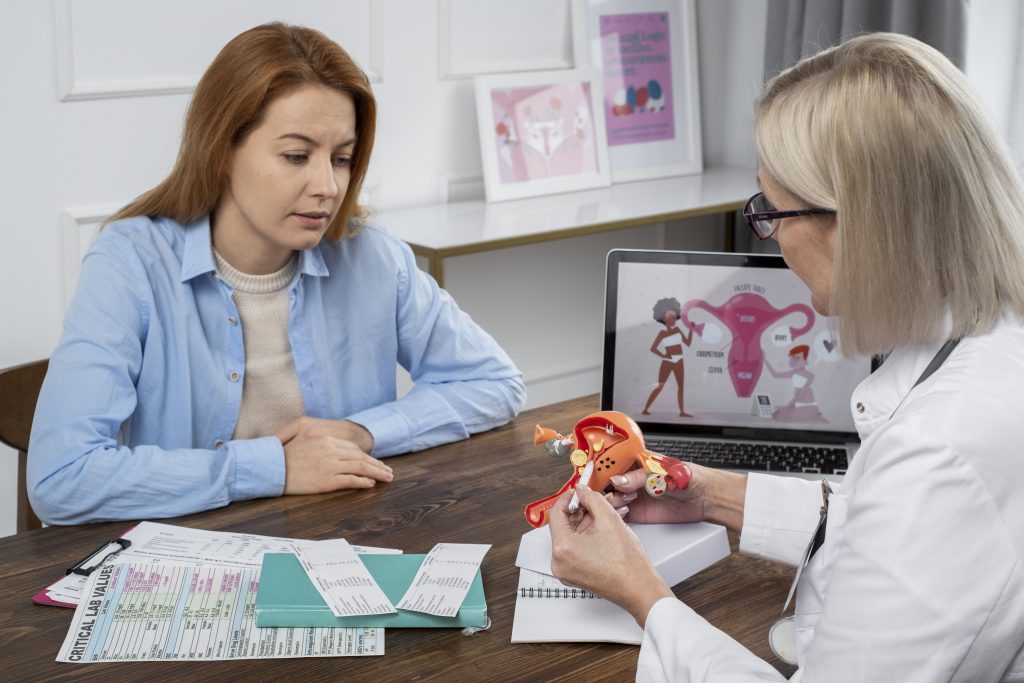Endometriosis vs. PCOS: Two Common Yet Misunderstood Women’s Health Conditions
At Ultramsono, our mission is to support and empower women with accurate diagnosis and compassionate care—especially when it comes to complex conditions like endometriosis and polycystic ovary syndrome (PCOS). These two common conditions often go undiagnosed for years and can have a significant impact on a woman’s health, fertility, and quality of life.
While endometriosis and Polycystic Ovary Syndrome (PCOS) differ in pathophysiology, it is possible for them to coexist, and when they do, their combined effects can complicate the journey to conception.
In this article, we’ll break down the symptoms, causes, differences, and the role of ultrasound imaging in early and accurate diagnosis, all according to the latest NHS and NICE guidelines.
What is Endometriosis?
Endometriosis is a condition where tissue like the lining of the womb (endometrium) grows in other areas of the body, such as the ovaries, fallopian tubes, or pelvic lining. This can cause inflammation, scar tissue, and pain.
Common symptoms include:
- Painful periods (dysmenorrhea)
- Pain during or after intercourse
- Chronic pelvic pain
- Difficulty conceiving
- Fatigue
According to NICE, early diagnosis is crucial. While some forms of endometriosis are not easily visible on ultrasound, transvaginal ultrasound can effectively detect endometriomas (chocolate cysts) and signs of deep infiltrating endometriosis in experienced hands.
What is PCOS (Polycystic Ovary Syndrome)?
PCOS is a hormonal disorder affecting up to 1 in 10 women. It involves an imbalance of reproductive hormones, which affects ovulation and leads to the development of multiple small follicles on the ovaries.
Typical features of PCOS include:
- Irregular or missed periods
- Excess hair growth (hirsutism)
- Acne or oily skin
- Difficulty losing weight
- Multiple small follicles seen on ultrasound
The NHS recommends lifestyle changes and hormonal management as first-line treatment. However, accurate diagnosis through pelvic ultrasound is often the first step, particularly when combined with blood tests.
Key Differences Between Endometriosis and PCOS

How Can Ultrasound Help?
At Ultramsono, we specialise in high-resolution transvaginal and pelvic ultrasounds that provide detailed imaging to help detect signs of both endometriosis and PCOS. Early detection can significantly improve management and treatment success.
Our expert sonographers take time to explain your results clearly and compassionately, ensuring you feel confident in your care plan.

